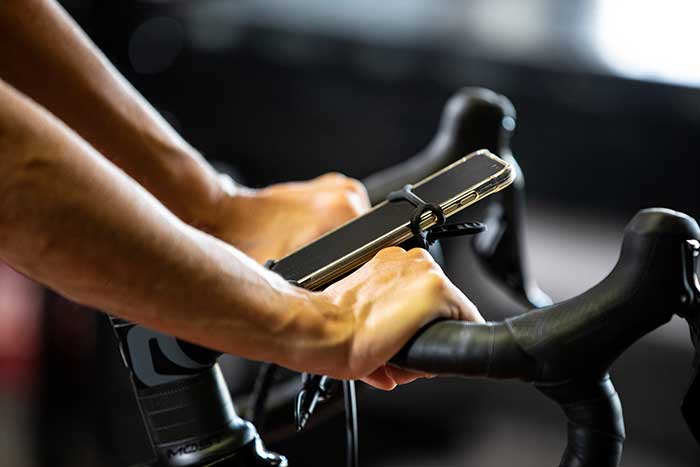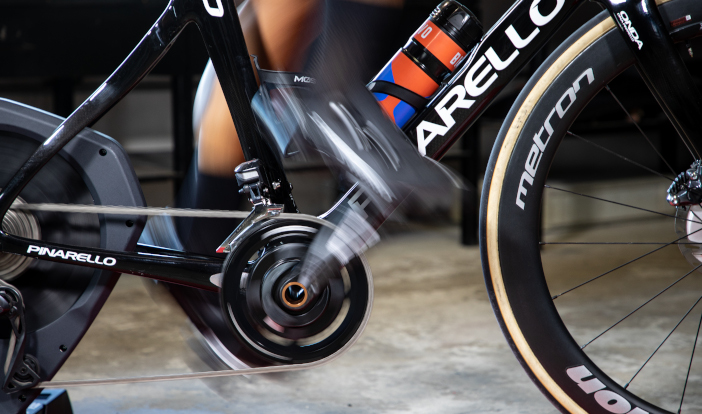Among the most common painful cycling injuries are those caused by pinched nerves. Let’s take a look at the main ones.
Injuries in cycling are often caused by crashes. Although less frequent, some injuries can be caused by overloading. These can be rare but painful syndromes that involve the peripheral nerves and influence an athlete’s performance in training and races. They are caused by the entrapment of nerves along their peripheral path in the limbs.
Injuries of the peripheric nerves:
Overloading parts of the body can cause compression or entrapment of nerves. Certain anatomic characteristics cause bottlenecks through which nerves need to pass or can expose the nerves to repeated microtraumas that end up generating chronic conditions. Normally, these peripheric nerves are localized and the problems manifest themselves in the hands, feet and pelvis. Nerves are usually entrapped where there is an anatomically restricted “canal” enclosed by bones, ligaments, and/or tendons.
Ulnar nerve entrapment at the wrist:
This is one of the more frequent injuries in cycling. The ulnar nerve passes through Guyon’s canal, located in the inner medial part of the wrist. Long rides, especially on bumpy roads or with a faulty position on the bike, can cause contusion, compression or traction of the ulnar nerve. This pathology is painful and usually manifests itself during the night with a progressive loss of feeling and a prickling sensation in the 4th and 5th finger of the hand. Over time this can lead to loss of muscle trophism of the hypothenar eminence on the inside of the hand.
Entrapment of the median nerve of the wrist:
This is a somewhat less common injury than the one above and involves the median nerve where is passes through the carpal tunnel. The carpal tunnel is a duct that is formed between the carpal bones and the transverse ligament surface. In this space the flexor tendons pass. In the early stages, cyclists can perceive pain, numbness and a loss of feeling in the two first fingers of the hand. Over time, these motoric sensations are followed by atrophy of the muscles of the thenar eminence of the hand, especially in the abductor of the thumb.
Morton’s neuroma:
Morton’s neuroma is a foot injury that affects the endings of the sensory nerves running along the metatarsals and phalanges bones. It is essentially a fibrosis of the nerve tissue that causes pain. The interdigital nerve can be compressed in the 3rd and 4th metatarsal heads. The flattening of the front of the foot against the rigid sole of the cycling shoe can be an important factor but often the cause can simply be a shoe that is too tight at the forefoot. The symptoms are quite evident: the pain is localized in the forefoot and the paresthesia can spread out to the toes and the arch of the foot. Riders may feel a burning sensation in the sole and prickling sensations when putting the shoe on.
Compression of the pudendal nerve
This can be caused by pressure from the bike saddle on the ischial tuberosity, depending on the form and rigidity of the saddle. The problem manifests itself gradually. With an early diagnosis, the problem can resolve itself spontaneously and quickly. If neglected, the pain in the perineum can worsen and radiate out, causing tingling and numbness in the penis, scrotum, and the medial part of the thigh.

Sergio Migliorini
You might also be interested in



